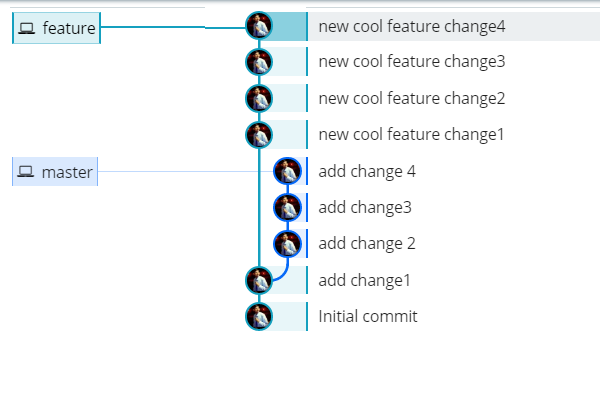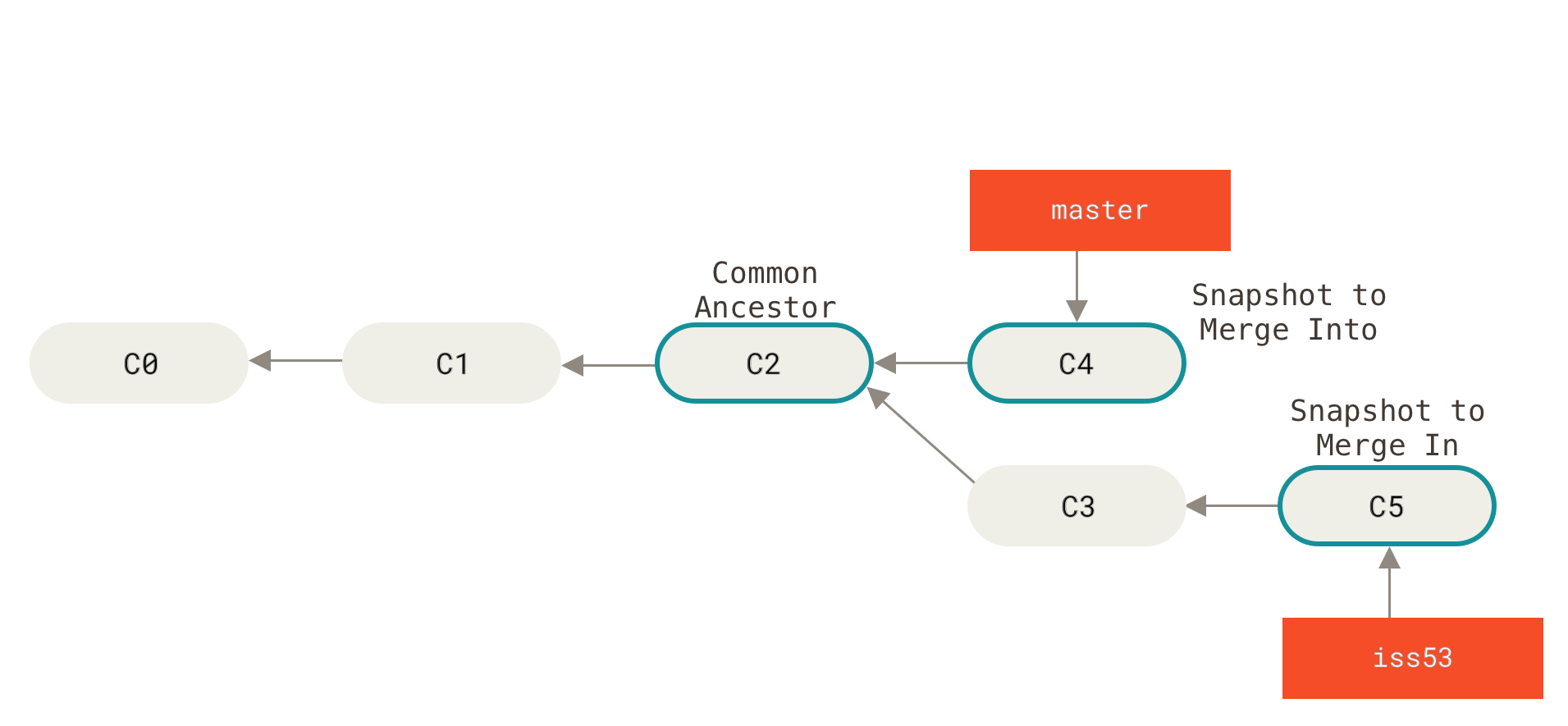

Then cut a branch called develop: git checkout -b develop.
#GIT CREATE BRANCH FROM MASTER UPDATE#
name : Git checkout : repo : '' dest : /srv/checkout version : release-0.22 - name : Read-write git checkout from github : repo : :mylogin/hello.git dest : /home/mylogin/hello - name : Just ensuring the repo checkout exists : repo : '' dest : /srv/checkout update : no - name : Just get information about the repository whether or not it has already been cloned locally : repo : '' dest : /srv/checkout clone : no update : no - name : Checkout a github repo and use refspec to fetch all pull requests : repo : dest : /src/ansible-examples refspec : '+refs/pull/*:refs/heads/*' - name : Create git archive from repo : repo : dest : /src/ansible-examples archive : /tmp/ansible-examples.zip - name : Clone a repo with separate git directory : repo : dest : /src/ansible-examples separate_git_dir : /src/ansible-examples.git - name : Example clone of a single branch : repo : dest : /src/ansible-examples single_branch : yes version : master - name : Avoid hanging when http(s) password is missing : repo : dest : /src/from-private-repo environment : GIT_TERMINAL_PROMPT : 0 # reports "terminal prompts disabled" on missing password # or GIT_ASKPASS: /bin/true # for git before version 2.3. First, checkout your master branch: git checkout master. Create the master branch without a parent (works even on a completely empty repo): cd your-bare-repository. If checkout -b were to attempt to base the. I would presume the goal behind this design is to allow completely disconnected operation. You can see what this ref currently is for each remote branch under. Controlling how Ansible behaves: precedence rules When you create a branch, it is created off the specified ref, but that ref is looked up in the local repository only.Collections in the Theforeman Namespace.Many operations on branches are applied by git checkout and git merge command. master branch: /test git commit m 'Test commit to mybranch' mybranch.
• Collections in the Telekom_mms Namespace The git branch command allows you to create, list, rename and delete branches. git status On branch mybranch Untracked files: (use 'git add
Collections in the Netapp_eseries Namespace.


Collections in the Kubernetes Namespace Because with the command that you provided git branch custombranch you dont change to custombranch just staying on master.Collections in the Junipernetworks Namespace.Collections in the F5networks Namespace.Collections in the Containers Namespace.Collections in the Cloudscale_ch Namespace.Collections in the Chocolatey Namespace.Collections in the Check_point Namespace.While merging if any conflicts came, resolve conflicts and commit the code. git fetch & git checkout 'branch to create in local'. Virtualization and Containerization Guides Later any one of you can fetch both branches to your local.Protecting sensitive data with Ansible vault.add READMEġ file changed, 0 insertions(+), 0 deletions(-) This was great, we got all of our history and source code. We created a new Repo and changed remotes from GitHub to the new Git Repo and pushed develop. Shortly after joining, we switched to VSTS (now Azure DevOps) Git. Warning: You appear to have cloned an empty repository. All development was done on the 'develop' branch and Im not even sure if a 'master' branch formally existed. # clone it and cd to the clone's root directory
If you want to create a new branch in a bare Git repository, you can push a branch from a clone to your bare repo: # initialize your bare repo The first one, git branchYou cannot do much directly "in it": you cannot check stuff out, create references (branches, tags), run git status, etc. Or, as suggested in Alia 's answer, use git switch. A bare repository is pretty much something you only push to and fetch from. With Git 2.23+ (Q3 2019), the new command git switch would create the branch in one line (with the same kind of reset -hard, so beware of its effect ): First, save your work in progress git stash Then, one command to create and switch to a new branch git switch -f -c topic/wip HEAD3.


 0 kommentar(er)
0 kommentar(er)
